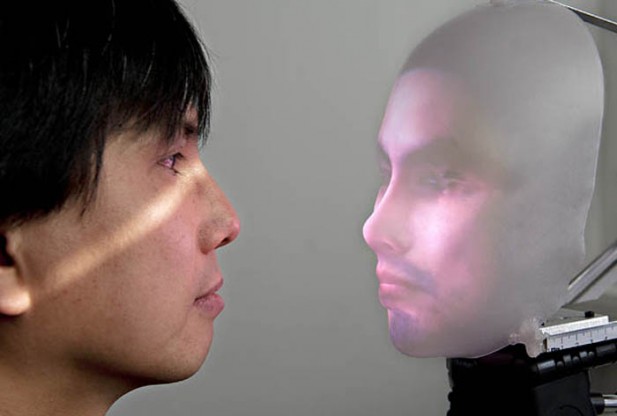
Researchers at the Technische Universitaet Muenchen (TUM) Institute for Cognitive Systems are in the process of creating a new robot that features a realistic human face and can reproduce basic dialog, according to a press release sent out by the university on Monday.
According to that media advisory, the so-called "Mask-Bot" features a number of innovations. Those include the projection of a vast array of realistic 3D faces that can be viewed from any number of angles, rather than the "cartoon-like style" utilized by other development teams.
Those faces are displayed on a transparent plastic mask, and can be changed at any time through the use of a projector that is positioned behind the mask itself, the TUM researchers said.
Furthermore, according to Popsci reporter Rebecca Boyle, Mask-Bot utilizes a "talking head animation engine" that allows it to "filter face emotions according to the emotional feel of spoken words, so the faces accurately reflect the speakers' expressions."
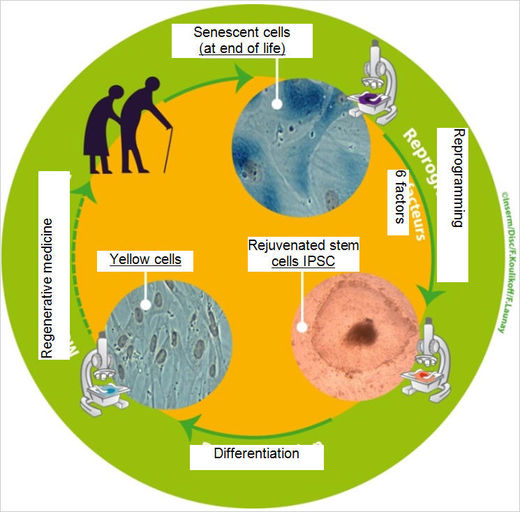
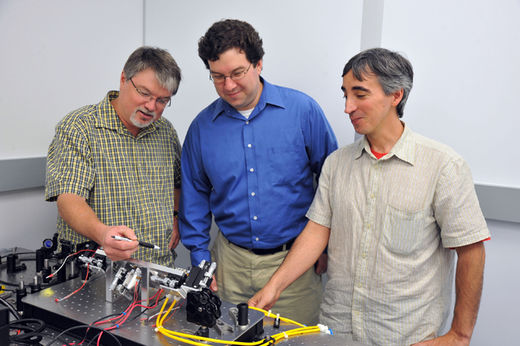
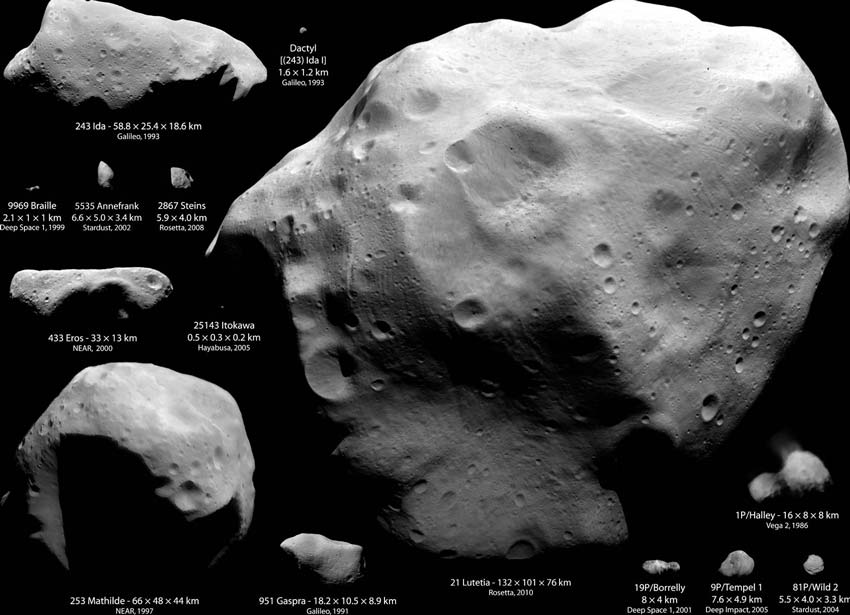


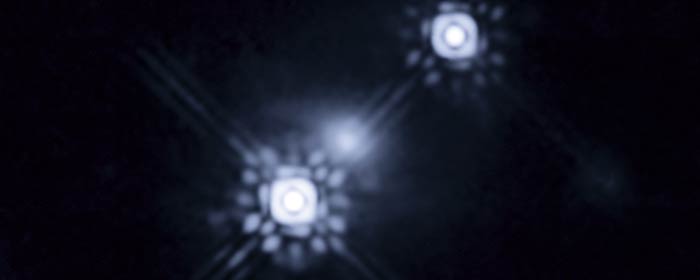




Comment: Continue to Part Four: Wars, Pestilence and Witches